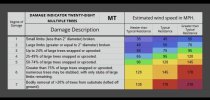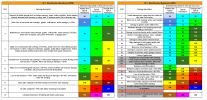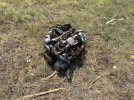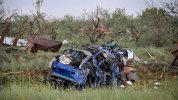Jim was actually speaking in support of Tony Lyza’s research and sentiments here, but maybe didn’t articulate it too clearly. Essentially, this video is somewhat of a coded message saying “Ok we’ve been underrating tornadoes, here are some examples of that happening, and here’s where the bar is now for ratings and how to apply the scale in a more accurate way”. None of that was said explicitly, but reading between the lines, that’s the crux of it. He’s using discretion instead of saying “Whoops, we’ve been totally screwing this up for about two decades or so. Sorry about that!”Oh ok well that's good to see. Maybe he just mispoke. The fact he collaborated with Lyza says a lot and changes my perspective on him completely
While Jim has been associated with some questionable EF scale/rating stuff in his earlier years, he’s actually been one of the most reasonable people in the field for a while now. He was one of the first people to promote tree stubbing/debarking as a violent tornado indicator by itself, is a big proponent of factoring in contextual damage and non-DIs, and played a crucial role in assigning EF5 ratings to homes following Moore 2013 in a reasonable manner.
In this most recent presentation, he explicitly instructs NWS surveyors to not play it overly conservative, reminds them that the scale is designed with average houses in mind, and says to not expect “a fortress” when it comes to EF5 house damage. In all, I don’t think we can really ask for better than that, and I’m honestly surprised that Jim is not more celebrated in the armchair tornado damage/EF scale community. Lately, he’s been supporting what many of us have been saying for years, and his voice is exactly what is needed right now.
Last edited:




